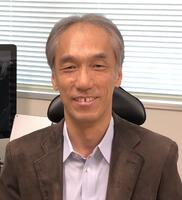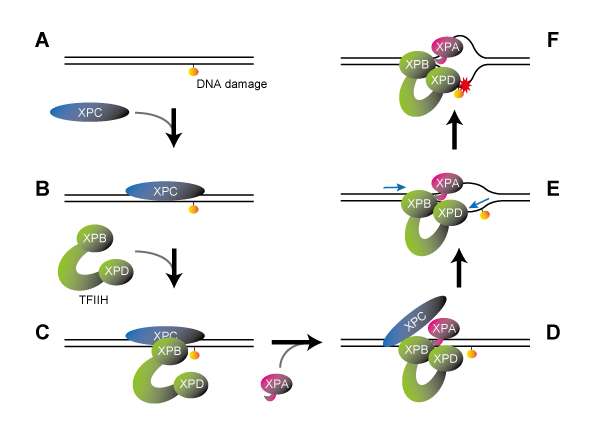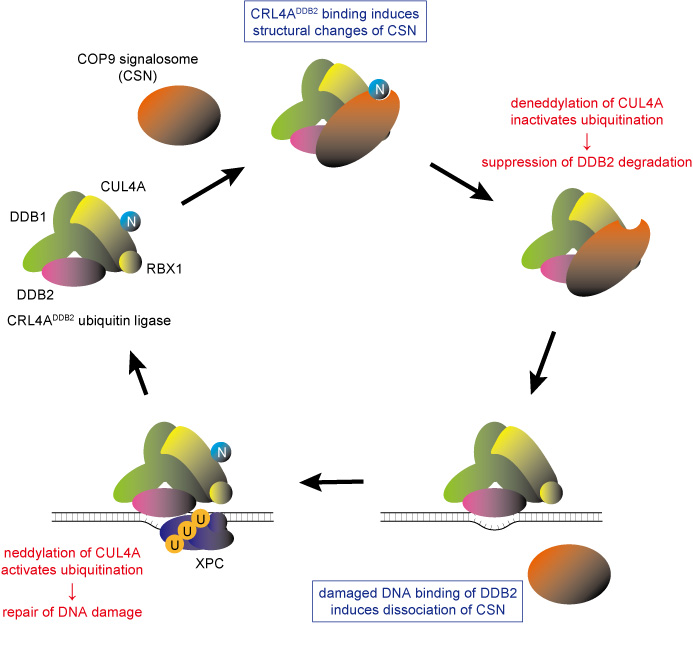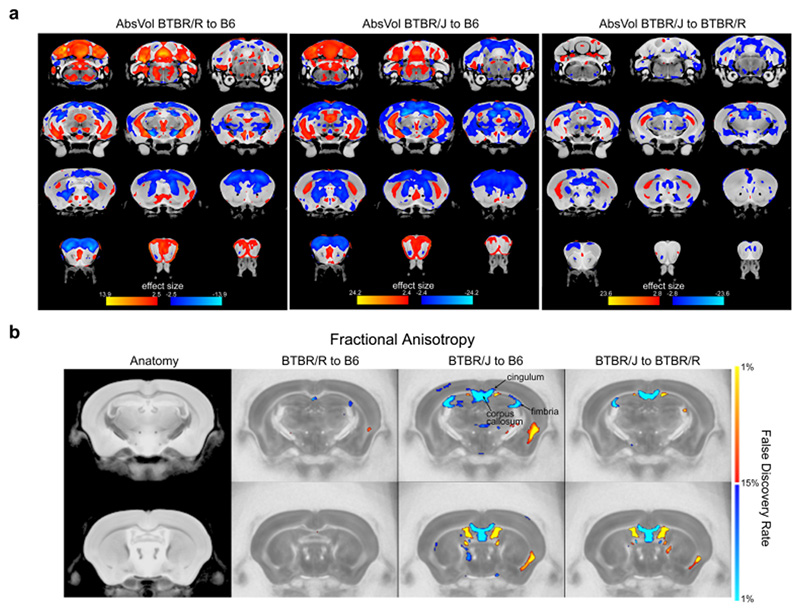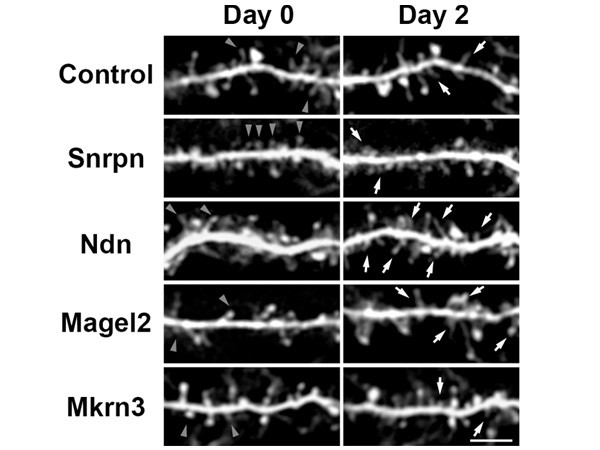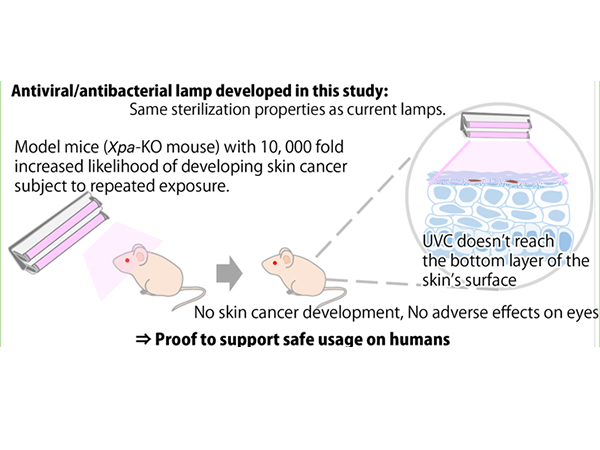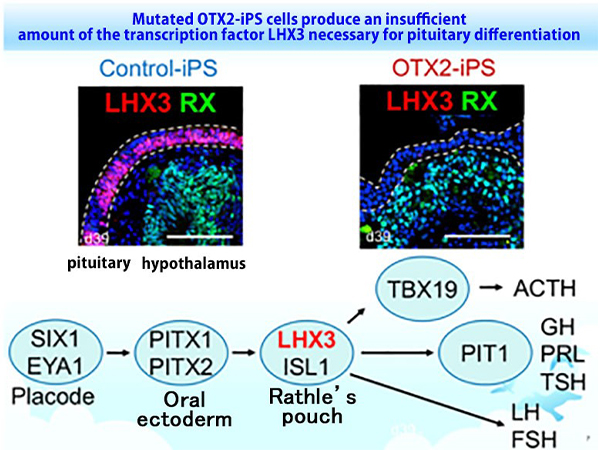Damage to cell DNA by UV light can cause skin cancer. Professor Kaoru Sugasawa, a member of the Biosignal Research Center at Kobe University, has contributed to a breakthrough study on accessing and repairing UV-damaged DNA, in collaboration with colleagues from the Friedrich Miescher Institute for Biomedical Research in Switzerland, Osaka University and the University of Tokyo.
Professor Sugasawa comments: “During a long history of studies on DNA repair, it has been a kind of enigma how chromatin structures can be changed so that DNA lesions become accessible to sensor proteins. This study provides us with a new and important insight into this issue, because UV-DDB can interact with sites of UV-induced DNA damage buried in chromatin by altering the nucleosome structure without the aid of any other factors. This greatly contributes to our understanding of how we are protected from the deleterious effects imposed by UV radiation, especially skin cancer.”
- Read the full press release here (Friedrich Miescher Institute for Biomedical Research):
A new mechanism for accessing damaged DNA
Article information
- Title
- “DNA damage detection in nucleosomes involves DNA register shifting”
- DOI
- 10.1038/s41586-019-1259-3
- Authors
- Syota Matsumoto1,2, Simone Cavadini1,2, Richard D. Bunker1,2, Ralph S. Grand1,2, Alessandro Potenza1,2, Julius Rabl1,2, Junpei Yamamoto3, Andreas D. Schenk1,2, Dirk Schübeler1,2, Shigenori Iwai3, Kaoru Sugasawa4, Hitoshi Kurumizaka5,6, Nicolas H. Thomä1,2
- Friedrich Miescher Institute for Biomedical Research, Basel, Switzerland
- University of Basel, Basel, Switzerland
- Division of Chemistry, Graduate School of Engineering Science, Osaka University, Toyonaka, Japan
- Biosignal Research Center, and Graduate School of Science, Kobe University, Kobe, Japan
- Laboratory of Chromatin Structure and Function, Institute for Quantitative Biosciences, The University of Tokyo, Tokyo, Japan
- Graduate School of Advanced Science and Engineering, Waseda University, Tokyo, Japan
- Journal
- Nature

